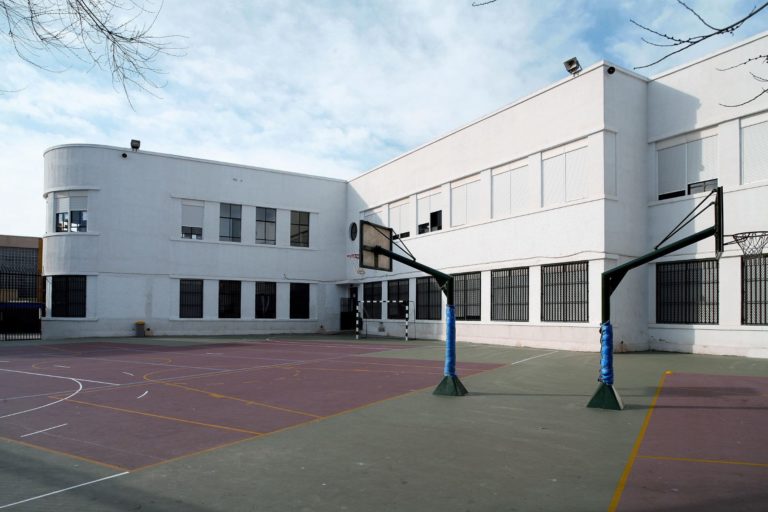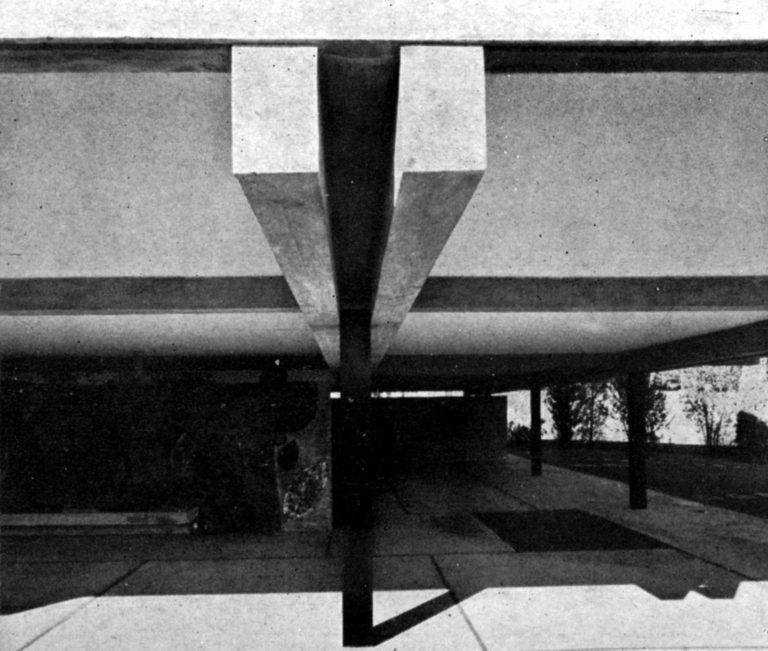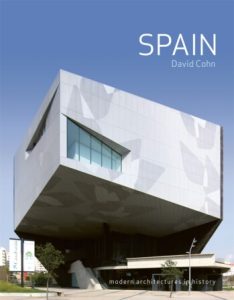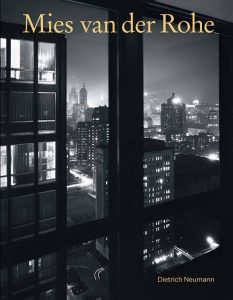Abstract
The present doctoral thesis is about the universal theme of the relationship between architecture and city, more specifically, a research carried out on the question of the existing bond between the architectural form of collective housing and the urban form. Mexico City is the metropolis studied and within it two collective residential genres: the “casas de Vecindad” and the “Unidades l-labitacionales”. The “casas de vecindad”, commonly called “vecindades”, were firstly built during the colonial period of the city, in the seventeenth century, and were subsequently built until the early twentieth century. Many of them still exist today in historical areas of the metropolis. Morphotogically, they are multi-family courtyard houses, comprising a group of dwellings around an uncovered space that in most cases is a “patio”. The research undertaken on this type of housing starts off with an analysis of a case of study: the project of “Casas del Colegio de San Pedro y San Pablo”, by Ignacio Castera of 1788. This project is reviewed as a theoretical model since it was never built. Consequently, a typotogical definition of the “casa de vecindad” is postulated that describes its elemental architectural features. For this purpose a number of academic statements that explain this type of dwelling are compiled and a set of floor plans of “vecindades” from different periods are classified. Subsequently, a few descriptions of the life in the “vecindad” are noted. Finally, one delves into the form of the city where these collective dwellings were developed, by examining the “Plano General de la Ciudad de México” by Diego Garcia Conde of 1793, and analysing its urban design and the elements that form it. This urban form is put in relation to the architecture of the “vecindades” and there are analogies between both. “Unidades Habitacionales” is the term chosen in this thesis to refer to the modern collective housing complexes that were either only planned or effectively built in the Mexican capital during the period comprised between the early 40’s and the late 60’s of the twentieth century. Research on this residential genre includes the analysis of three case studies: the project that was never built of the “Colonia Obrera de las Lomas de Becerra” by Hannes Meyer carried out in 1942; the “Centro Urbano Presidente Alemán”, by Mario Pani built in 1949; and the “Unidad Independencia”, by Alejandro Prieto and José Maria Gutiérrez inaugurated in 1960. Parting from these three examples, one describes their urban-architectural structure, the form in which they build the city. The study on the “vecindades” constitutes the centre of this academia work and the three cases of “unidades habitacionales” are recovered as a residential genre that went so far as to substitute the first. In the comparison of both genres, one observes persistence and changes in the form of building collective housing and the city. The “vecindades” were developed in the historical part of the city of Mexico and the “unidades habitacionales” constitute parts of its modern expansion, thus in this thesis one reflects on some urban parts that currently coexist in the Mexican metropolis
Access the thesis











